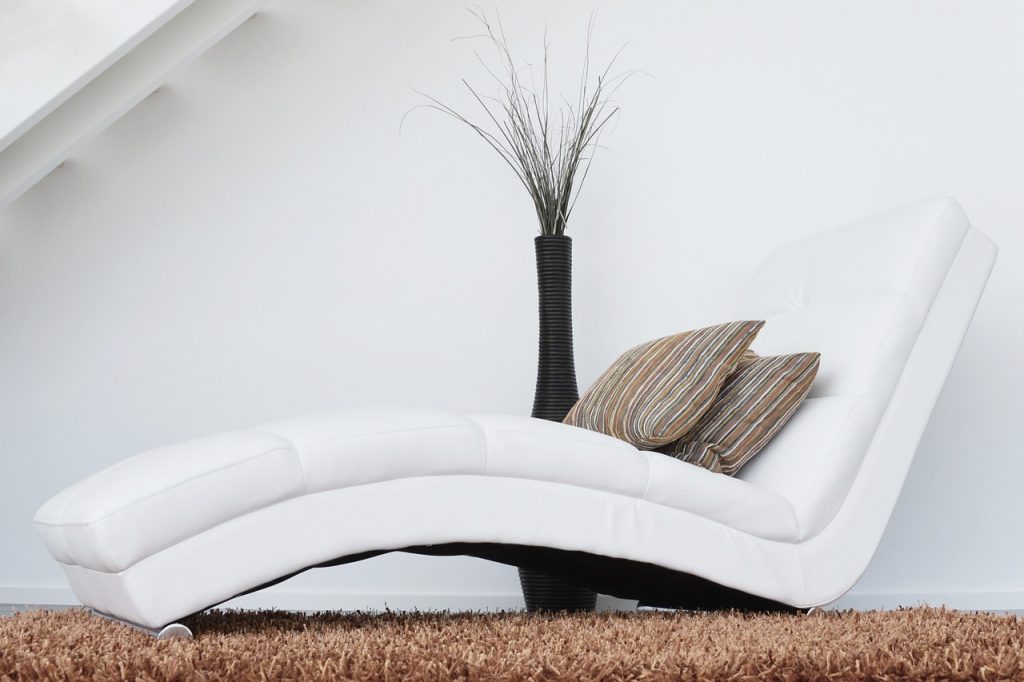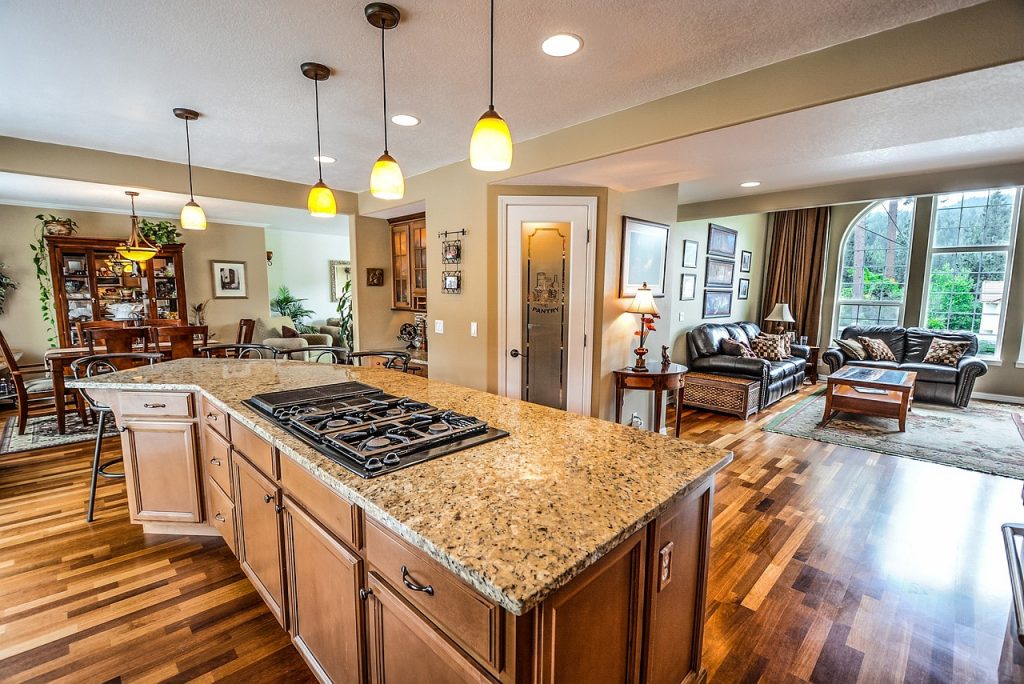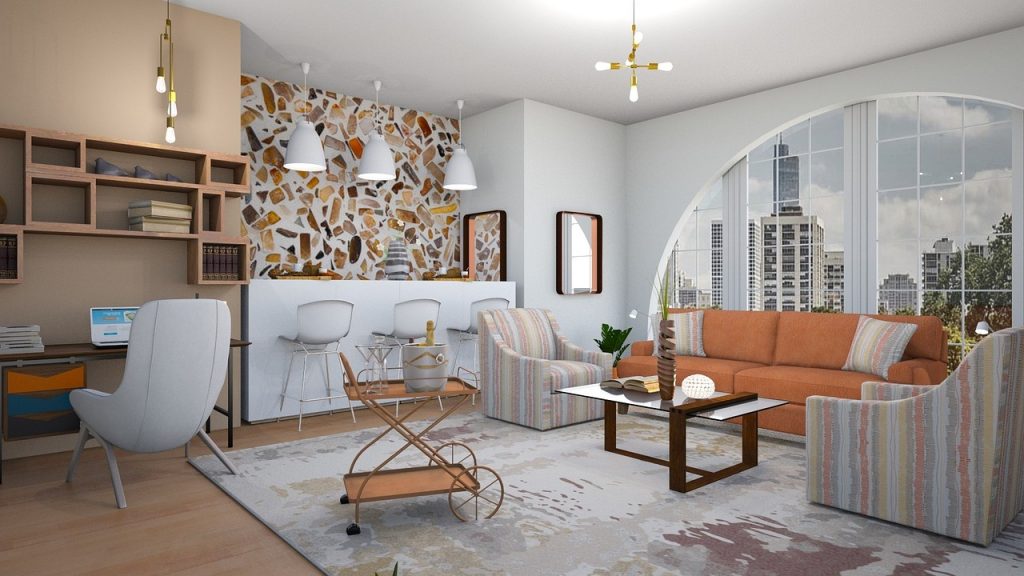
How to Arrange Furniture for Maximum Comfort and Style
Introduction
Arranging furniture is more than just placing pieces in a room; it’s about creating a space that balances comfort, functionality, and style. Whether you’re decorating a cozy living room or a spacious dining area, the way you arrange your furniture can make all the difference. In this article, we’ll guide you through the process of arranging furniture with a focus on maximizing both comfort and style.
Understanding Your Space
Before you start moving furniture around, it’s crucial to understand the space you’re working with. Knowing the size and shape of the room, along with its purpose and focal points, will help you make better decisions on how to arrange your furniture.
Evaluating the Size and Shape of the Room
Start by measuring the room. Is it a small, cozy space or a large, open area? The shape of the room also matters—rectangular rooms, for example, may require different arrangements than square rooms. Understanding the proportions will guide you in selecting appropriately sized furniture and preventing overcrowding.

Identifying Focal Points
Every room has a natural focal point, whether it’s a fireplace, a large window with a beautiful view, or a piece of art on the wall. Make sure your furniture arrangement enhances this focal point. Your seating area should encourage conversation or gazing at the view, rather than turning its back on the main feature.
Creating a Flow and Space for Movement
A key factor in arranging furniture is allowing for easy movement. Make sure there’s enough space between pieces for people to walk through comfortably. You don’t want to block natural pathways or crowd the space, so maintain at least 3 feet between furniture items in high-traffic areas.
Choosing the Right Furniture for Your Space
Choosing the right furniture pieces is just as important as arranging them. The furniture needs to suit your space in both size and function.
Consider Scale and Proportions
Scale is crucial when selecting furniture. Oversized furniture can overwhelm a small room, while tiny pieces can look lost in a large space. Think about how each piece will interact with the room’s dimensions. Furniture should fit proportionally to ensure balance.
Opting for Multi-functional Pieces
In smaller spaces, multi-functional furniture is a lifesaver. Consider pieces that can serve more than one purpose, such as a sofa bed, an ottoman with storage, or a dining table that doubles as a workspace. These pieces save space without compromising on style or functionality.

Matching Furniture to Your Room’s Purpose
Every room serves a different function. A living room may need comfortable seating for socializing, while a bedroom requires a peaceful, restful arrangement. Make sure the furniture in each room aligns with its purpose. For example, in a home office, opt for an ergonomic chair and a large desk that encourages productivity.
Layout Tips for Different Room Types
Each room type has unique layout considerations. Let’s dive into some tips for specific rooms.
Living Room Layouts
In the living room, focus on creating a central seating area that invites conversation. A common layout is to place a sofa facing a focal point (like a TV or fireplace) with additional chairs and side tables arranged around it. If you have a larger living room, consider creating separate zones—one for relaxing and another for entertainment or reading.
Bedroom Layouts
For a bedroom, the bed should always be the focal point. Position the bed against the longest wall, leaving enough space for side tables and lamps. Avoid overcrowding the room with too much furniture. A simple, clean layout can help promote a sense of tranquility and restfulness.
Dining Room Layouts
In the dining room, ensure there’s enough space around the table for chairs to be pulled out comfortably. If your dining area is part of an open floor plan, you might want to use rugs or furniture arrangement to visually define the space. Keep the dining table as the centerpiece, and don’t overcrowd the area with unnecessary pieces.
The Importance of Lighting in Furniture Arrangement
Lighting plays a crucial role in both comfort and style. The right lighting can highlight key design elements and set the mood of the room.
Natural vs. Artificial Lighting
Consider how natural light enters the room and arrange your furniture accordingly. A well-lit room will feel more spacious and inviting, so don’t block windows with large furniture. Complement natural light with artificial lighting—layered lighting, such as ambient, task, and accent lighting, can create a balanced atmosphere.

Lighting for Ambiance and Functionality
In addition to basic lighting, think about ambiance. Soft lighting from lamps or chandeliers can create a cozy environment, while brighter task lighting may be needed for specific areas like reading corners or kitchen islands. Layering lighting ensures you can adjust the atmosphere depending on the time of day or activity.
Furniture Arrangement Techniques for Style and Comfort
Now that we’ve covered the basics, let’s get into some techniques to elevate both the style and comfort of your furniture arrangement.
Symmetry vs. Asymmetry
Symmetry is visually calming, making it ideal for formal spaces like a dining room. Asymmetry, on the other hand, adds a sense of dynamic energy to a room. Depending on the mood you want to create, consider how you balance these two concepts in your furniture arrangement.
Creating Conversation Zones
For living rooms or open spaces, creating conversation zones is key. Arrange furniture in a way that encourages interaction. For example, place chairs and sofas facing one another, with a coffee table in between, to promote easy conversation.
Utilizing Rugs and Accessories to Define Spaces
Rugs and accessories are great tools for defining different areas within a room. Use a large rug to anchor the seating area, and add cushions, throws, or artwork to tie the room together. Accessories can elevate the overall look and help balance the arrangement.

Practical Tips for Maintenance and Adjustments
Once your furniture is arranged, it’s important to maintain balance and make adjustments over time to keep the space feeling fresh.
Rearranging for Seasonal Changes
Changing the arrangement with the seasons can keep things exciting. For example, in winter, you might want to add more comfortable seating and cozy textiles, while in summer, lighter furniture and a focus on outdoor elements might be more appropriate.
Maintaining Balance and Comfort Over Time
Furniture arrangement isn’t a one-time task. Over time, the wear and tear of everyday life might alter the balance of the space. Take time to reassess the layout and make adjustments as needed to ensure the room remains comfortable and functional.
Conclusion
Arranging furniture for maximum comfort and style is both an art and a science. By understanding your space, selecting the right furniture, and using thoughtful layout techniques, you can create a room that is both aesthetically pleasing and comfortable. Remember, it’s about balance—between furniture pieces, between functionality and beauty, and between light and space.